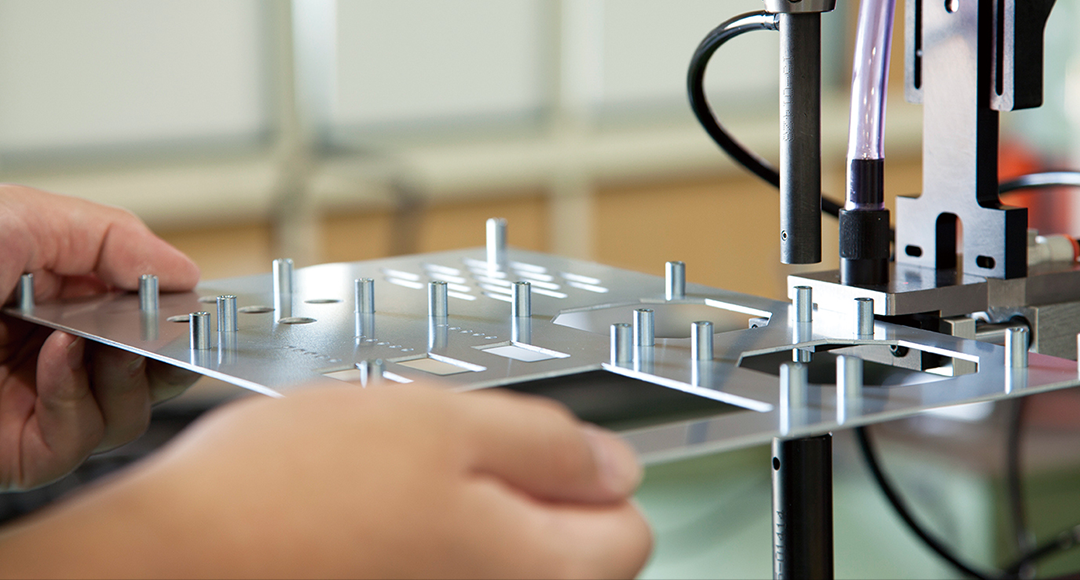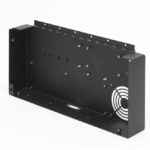What are self clinching fasteners?
Self clinching fasteners are special types of fasteners that can create strong and permanent threads in thin or ductile metal sheets. They are also known as clinch nuts, clinch studs, standoffs, blind fasteners, and flush nuts. They are easy to install, as they only require a press or a similar tool to squeeze them into a pre-punched or drilled hole in the metal sheet. The squeezing action causes the fastener to deform and embed itself into the metal, creating a secure and reliable attachment point.
Self clinching fasteners can be used for various applications, such as attaching components, mounting printed circuit boards, or joining metal sheets. They can also reduce the need for loose parts, such as nuts and washers, and simplify the assembly process. They are suitable for different types of metals, such as steel, aluminum, stainless steel, and copper.
How to choose the right self clinching fasteners & PEM inserts for your sheet metal project?
There are many factors to consider when choosing the right self clinching fasteners for your sheet metal project, such as:
- The type and thickness of the metal sheet
- The size and shape of the fastener
- The load and torque requirements
- The environmental conditions and corrosion resistance
- The aesthetic and functional preferences
To help you choose the right self clinching fasteners & PEM inserts, you can use the following steps:
- Determine the type and thickness of the metal sheet you are working with. This will affect the size and strength of the fastener you need, as well as the installation force and equipment.
- Select the type of fastener that matches your application. For example, if you need to attach a component to a metal sheet, you can use a clinch nut or a clinch stud. If you need to create a space between two metal sheets, you can use a standoff. If you need to create a flush surface on both sides of the metal sheet, you can use a blind fastener or a flush nut.
- Choose the size and shape of the fastener that fits your hole and your component. You should also consider the head style, the thread type, and the length of the fastener. Make sure the fastener is compatible with the metal sheet and the component you are attaching.
- Check the load and torque specifications of the fastener. You should also consider the environmental conditions and the corrosion resistance of the fastener. Choose a fastener that can withstand the stress and the exposure of your sheet metal project.
- Compare the aesthetic and functional aspects of the fastener. You should also consider the cost and the availability of the fastener. Choose a fastener that meets your expectations and your budget.





